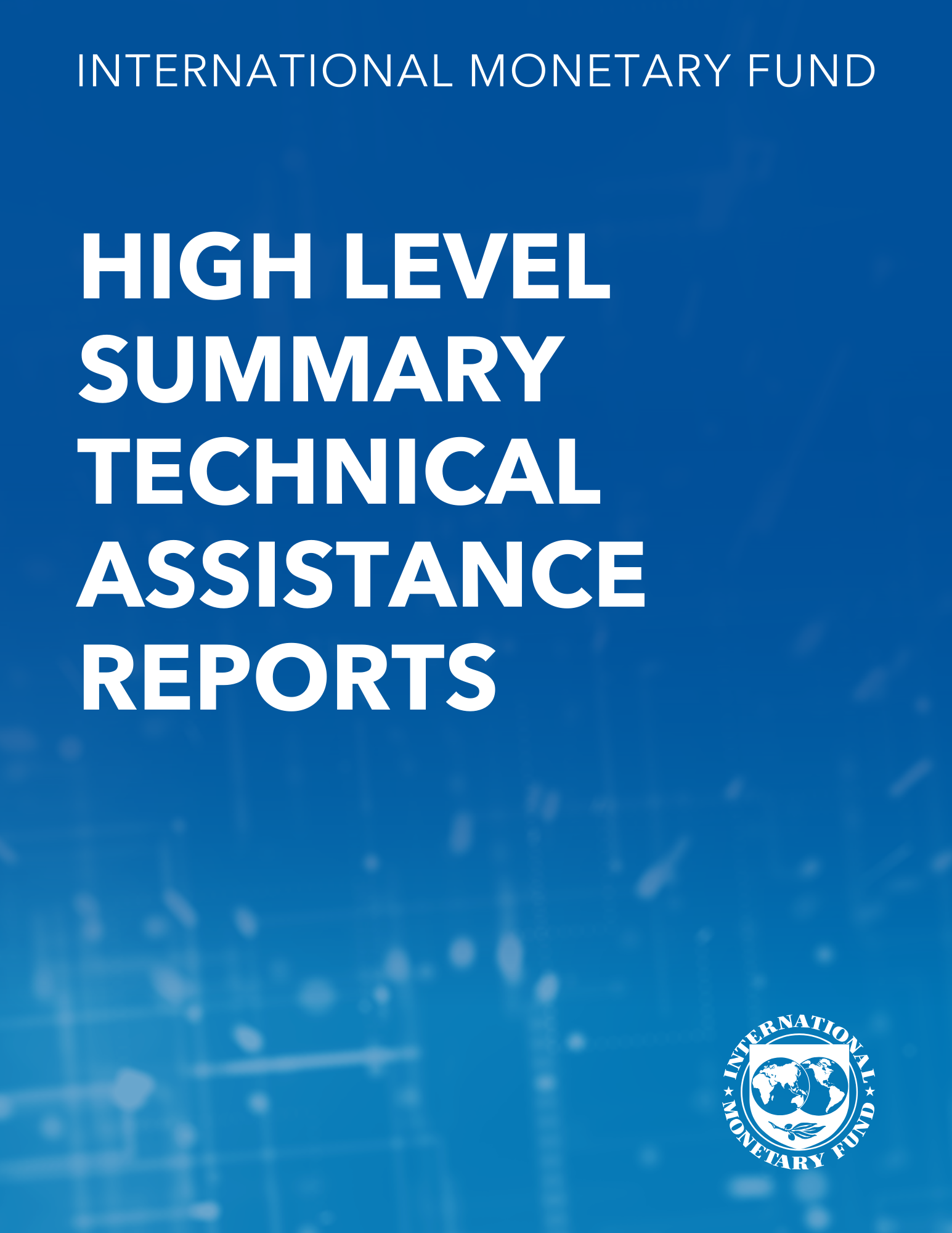Mortality and Lifetime Income: Evidence from U.S. Social Security Records
January 1, 2007
Disclaimer: This Working Paper should not be reported as representing the views of the IMF.The views expressed in this Working Paper are those of the author(s) and do not necessarily represent those of the IMF or IMF policy. Working Papers describe research in progress by the author(s) and are published to elicit comments and to further debate
Summary
Studies of the empirical relationship between income and mortality often rely on data aggregated by geographic areas and broad population groups and do not distinguish disabled and nondisabled persons. We investigate the relationship between individual mortality and lifetime income with a large micro data base of current and former retired participants in the U. S. Social Security system. Logit models by gender and race confirm a negative relationship. Differences in age of death between low and high lifetime income are on the order of two to three years. Income-related mortality differences between blacks and whites are largest at low-income levels while gender differences appear to be large and persistent across income levels.
Subject: Aging, Health, Income, Wages, Women
Keywords: earnings, mortality rate, worker, WP
Pages:
20
Volume:
2007
DOI:
Issue:
015
Series:
Working Paper No. 2007/015
Stock No:
WPIEA2007015
ISBN:
9781451865790
ISSN:
1018-5941






